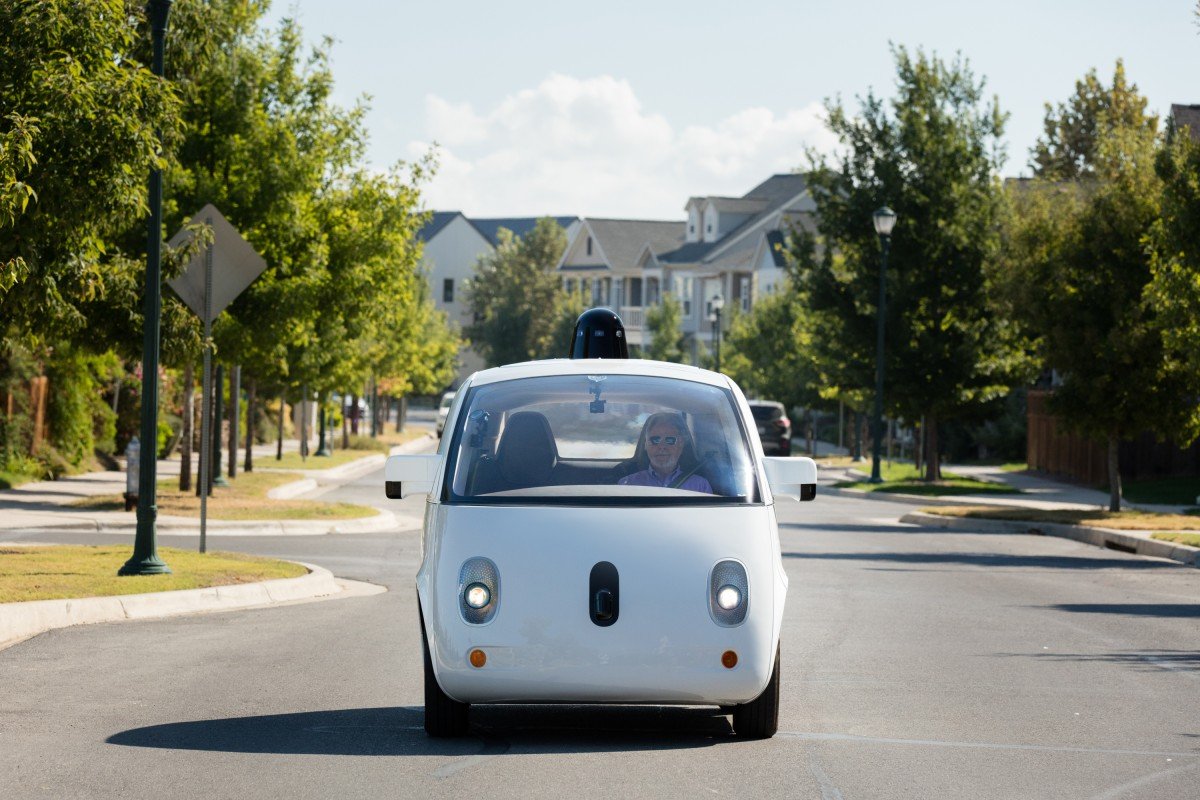
If in a few decades’ time fully self-driving cars are allowed on public roads on a grand scale, they will almost exclusively be shared cars. This is what Gijs Dubbelman expects will happen. He is head of the research group on mobile perception systems at TU Eindhoven. “The equipment that you will need to install in your car is so expensive that an ordinary citizen won’t be able to afford it.”
People who are able to afford one, are probably the same people who can pay for their own plane or helicopter. Everyone else will have to share a car and request one when they need it. ‘Mobility as a service’, is how Dubbelman terms it.
Expensive equipment
The most expensive parts of the fully self-driving car are the special sensors. The lidar in particular (a laser detection system also known as LADAR). Along with the AI and the computer that has to process all the data. “The cost of a lidar alone can be as much as €50,000,” says Dubbelman. “That’s very expensive. And then you don’t even have a car, you just have a lidar. Lidars are likely to become cheaper in the future. Yet one lidar is not enough, as you need to be able to cover the entire area around a vehicle. More sensors are required in order to be safe in all situations and circumstances.” So that’s why it will stay expensive.

In the future, navigational maps for autonomous cars will also have to drop in price. At present, the production of such maps is still too limited and is usually only intended for relatively small test areas. “You can imagine that this is not cheap.”
The navigation equipment aims to pinpoint the exact location of the car, the roads on which it is driving and the stationary objects in the vicinity. The AI focuses on predicting the behaviour of the people who walk there, as well as animals and other moving objects in the area.
Traffic chaos caused by a snowflake
The British Law Commission announced last week that its research has shown that autonomous vehicles suffer from so-called ‘frozen robot syndrome‘. This means that they are not yet able to discern haphazard, moving objects on the road, such as leaves, plastic bags and even birds and snowflakes. As then they instantly apply the brakes and ‘freeze.’ This can cause chaos on the road. The main concern is when the car already comes to halt because of a snowflake, for example. That the car stops when it doesn’t recognize what’s moving in front of its bumper or windscreen is logical, says Dubbelman. “But you don’t want it to start up again and then run over a child.”
Read more: Self-driving cars will never be possible in Amsterdam city center
At the moment, it is still too early to presume that a self-driving car will be able to automatically interpret which moving objects are approaching the vehicle and what these will do. “When it comes to AI, you need to be able to replicate how the intelligence of a human driver works. We are nowhere near able to do that as yet. I also have no idea when we might work it out. How you can figure that out is really just like asking the question ‘how did life originate?’ There is no definitive answer to that question either.”
Heavy-duty computers drain batteries
Eventually it will all work out, Dubbelman expects. In the first place, the right kind of AI must be designed so that the car itself can make correct decisions in moving traffic. Secondly, the computer used to process the data with the AI must have sufficient computational power to be able to handle the data. And be energy efficient at the same time. The energy requirements of present-day computers used in self-driving cars are still so high that a heavy-duty computer, for instance, would very quickly drain a Tesla’s battery. This would make their use unproductive.
Once the autonomous car has conquered the roads, we’ll probably no longer be able to imagine that everyone will be driving their own cars, says Dubbelman. “A colleague of mine compares the current use of cars with that of horses from the past. You don’t go to work or to the hospital with one of those anymore. “You will be able to drive a car yourself, I think. But only on selected routes.”
Cabin in the Andes
It’s still difficult to imagine that the whole world has been digitally mapped in such a way that a fully auto-piloted car can find its way anywhere. And take its passengers along a small track to a cabin in the Andes. Dubbelman is in agreement. “But if you had said two thousand years ago that the whole world would someday be full of roads made of rock and asphalt, people wouldn’t have believed that either. Rocks and asphalt? Don’t do it!” Dubbelman jokes. “But that’s exactly what happened.”

